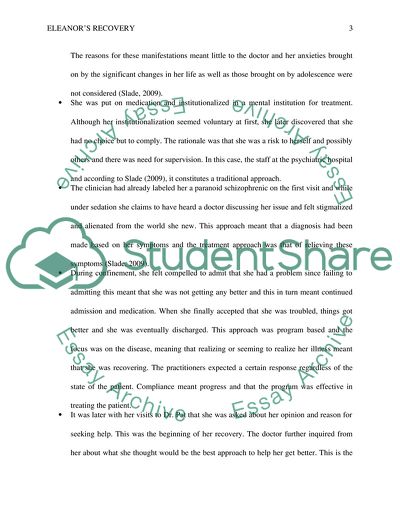Cite this document
(“Case Study: Eleanor's Recovery Essay Example | Topics and Well Written Essays - 1750 words”, n.d.)
Case Study: Eleanor's Recovery Essay Example | Topics and Well Written Essays - 1750 words. Retrieved from https://studentshare.org/nursing/1635544-case-study-eleanors-recovery
Case Study: Eleanor's Recovery Essay Example | Topics and Well Written Essays - 1750 words. Retrieved from https://studentshare.org/nursing/1635544-case-study-eleanors-recovery
(Case Study: Eleanor'S Recovery Essay Example | Topics and Well Written Essays - 1750 Words)
Case Study: Eleanor'S Recovery Essay Example | Topics and Well Written Essays - 1750 Words. https://studentshare.org/nursing/1635544-case-study-eleanors-recovery.
Case Study: Eleanor'S Recovery Essay Example | Topics and Well Written Essays - 1750 Words. https://studentshare.org/nursing/1635544-case-study-eleanors-recovery.
“Case Study: Eleanor'S Recovery Essay Example | Topics and Well Written Essays - 1750 Words”, n.d. https://studentshare.org/nursing/1635544-case-study-eleanors-recovery.


